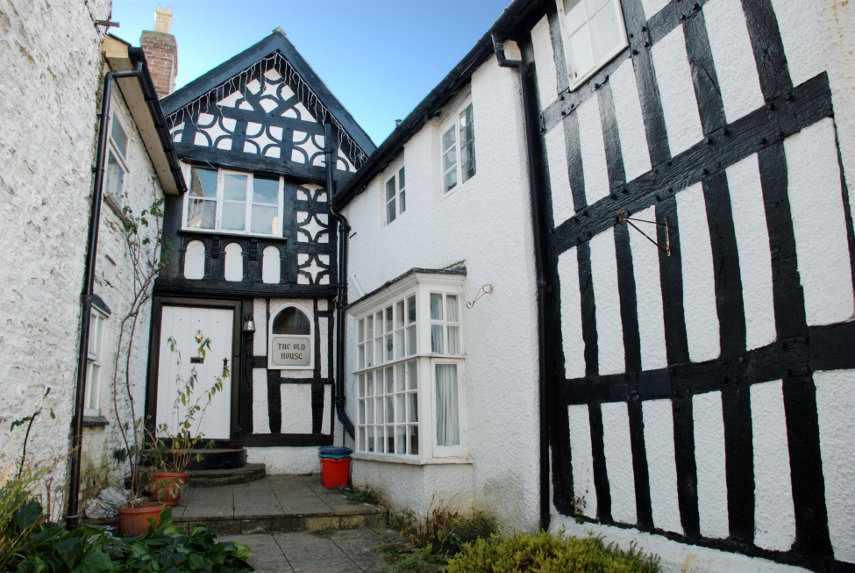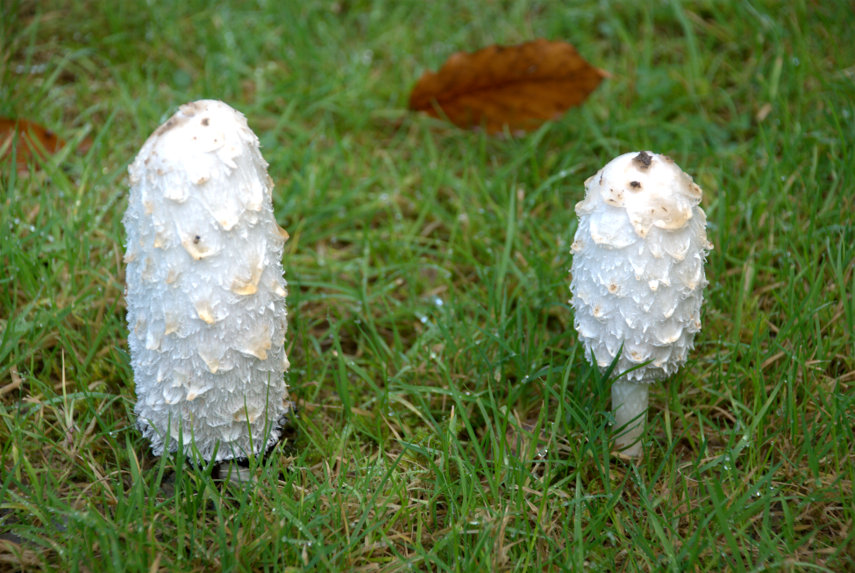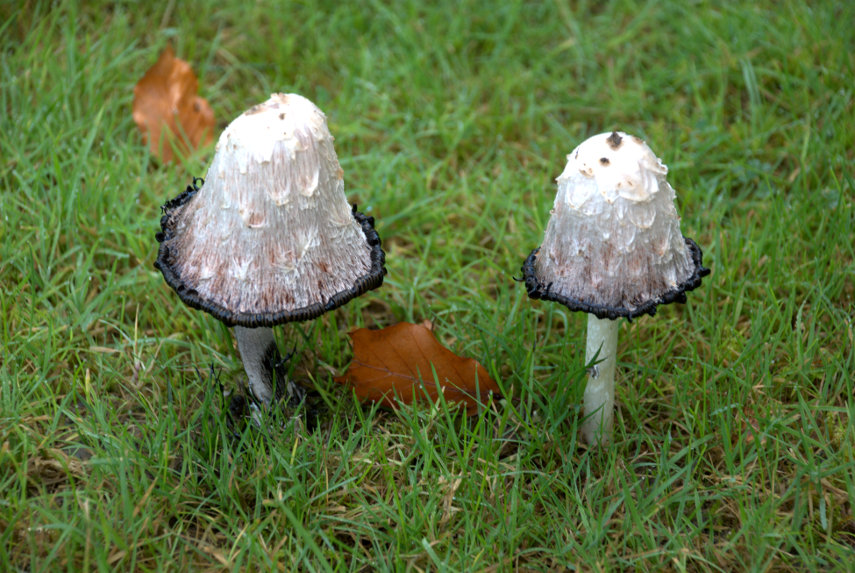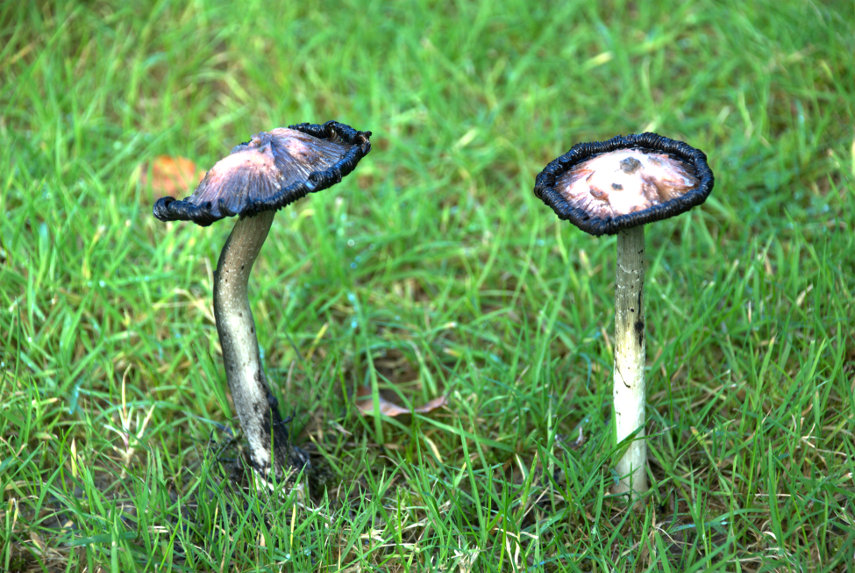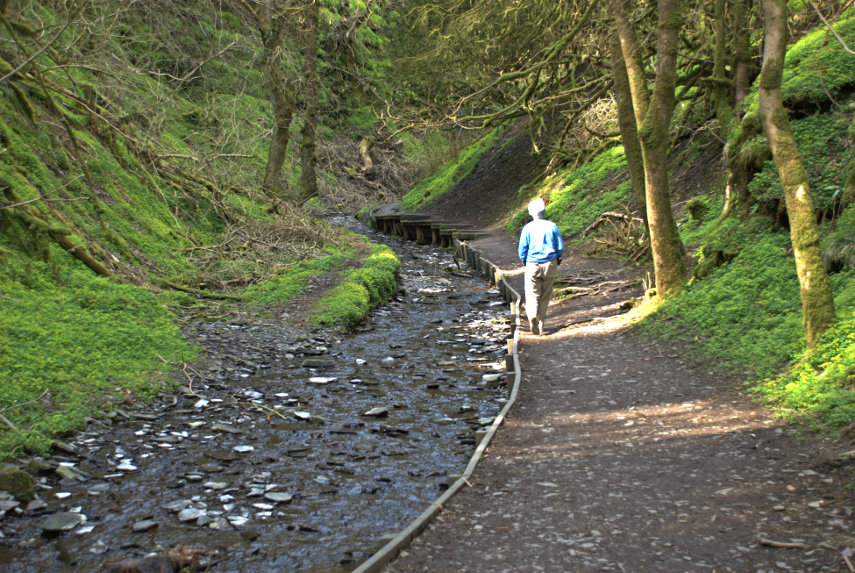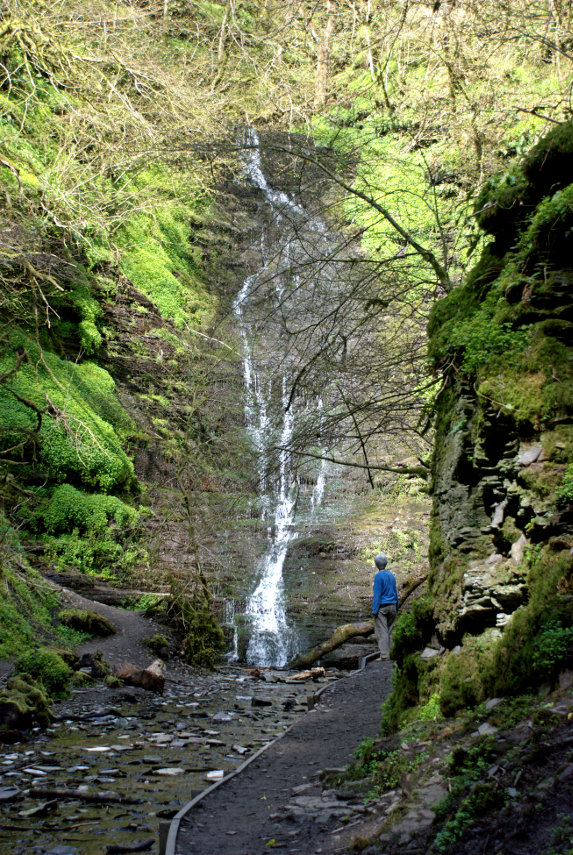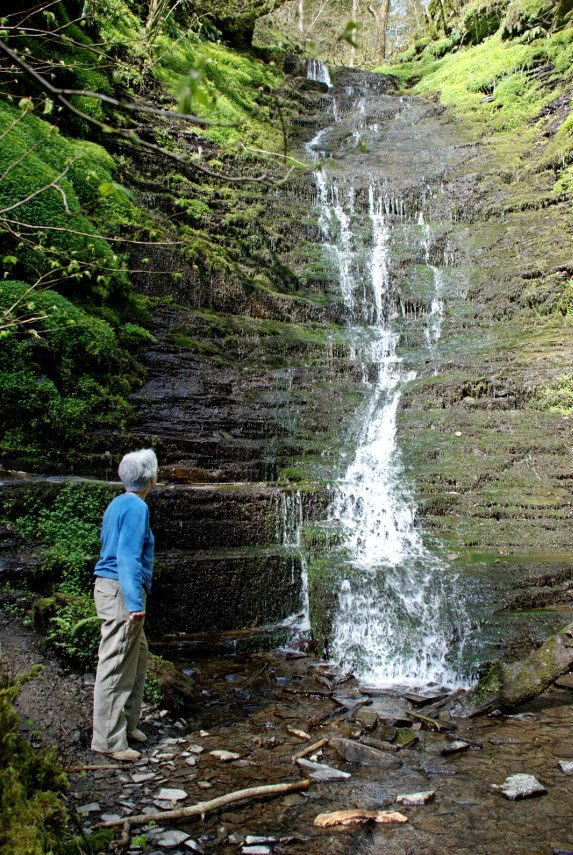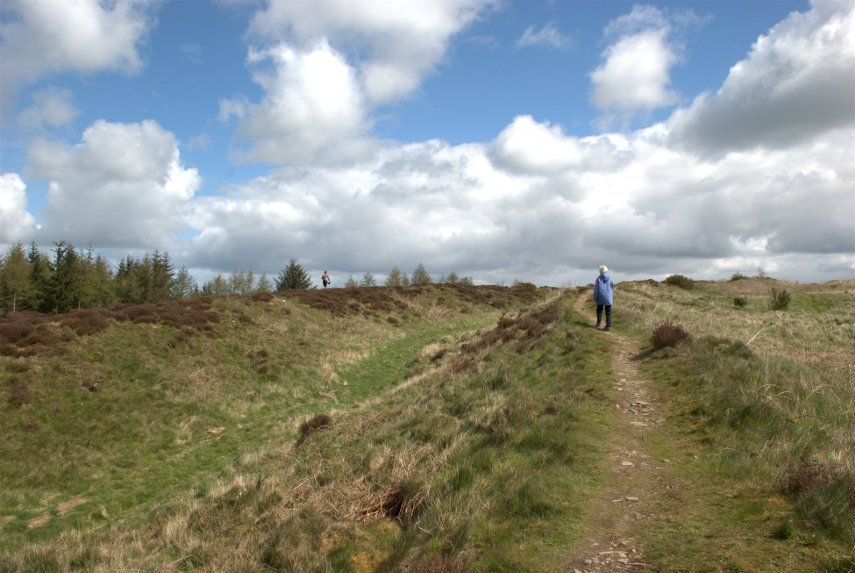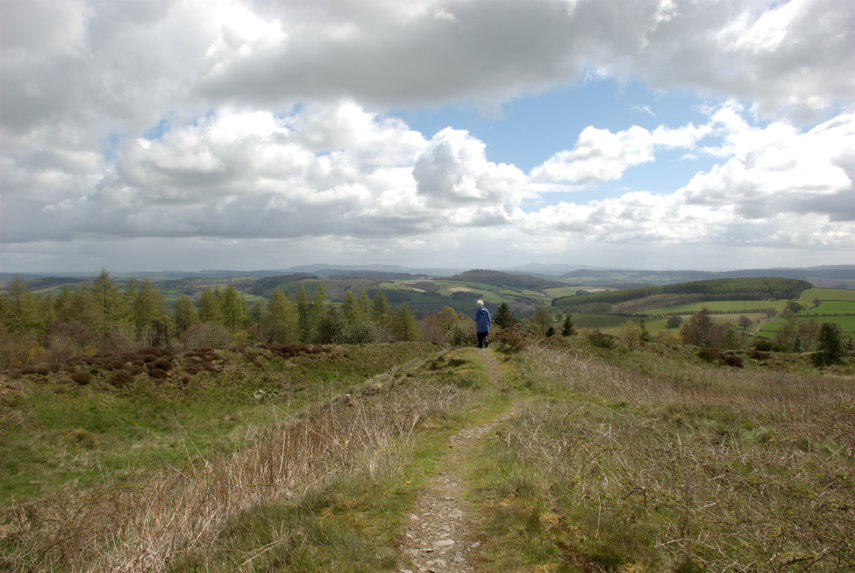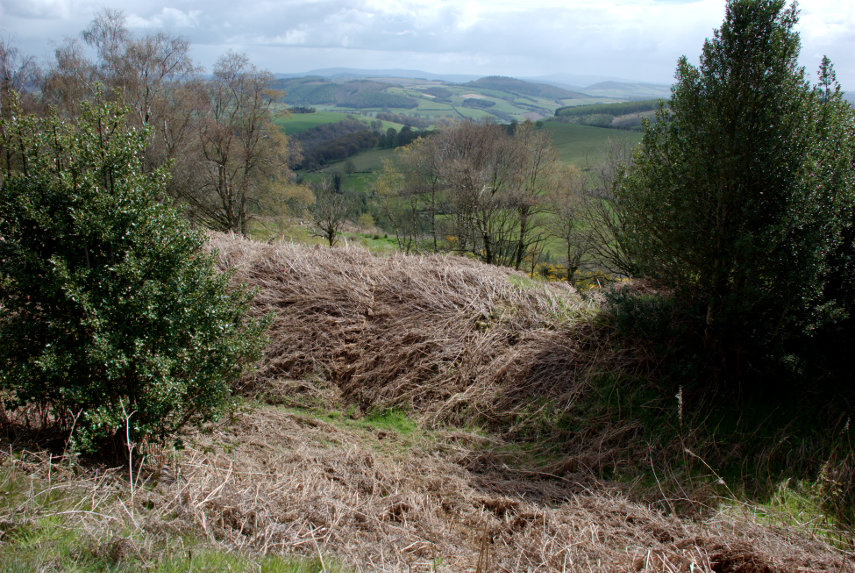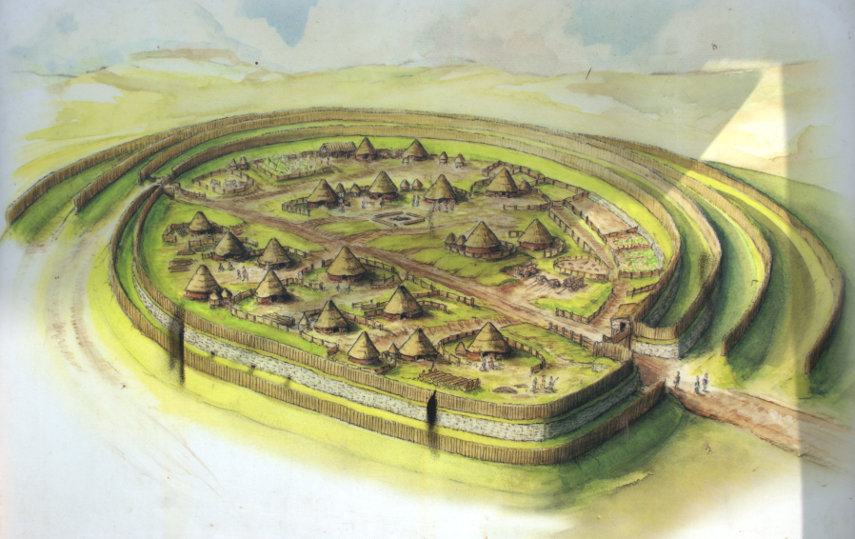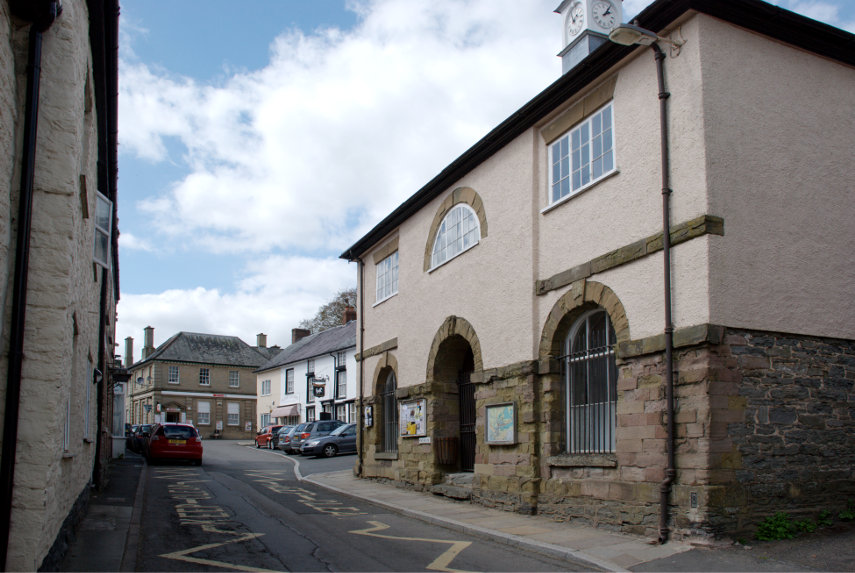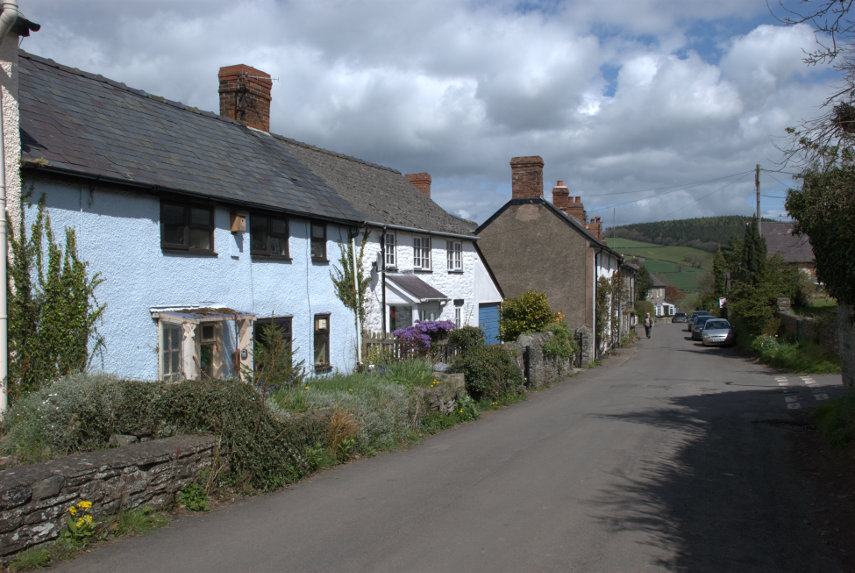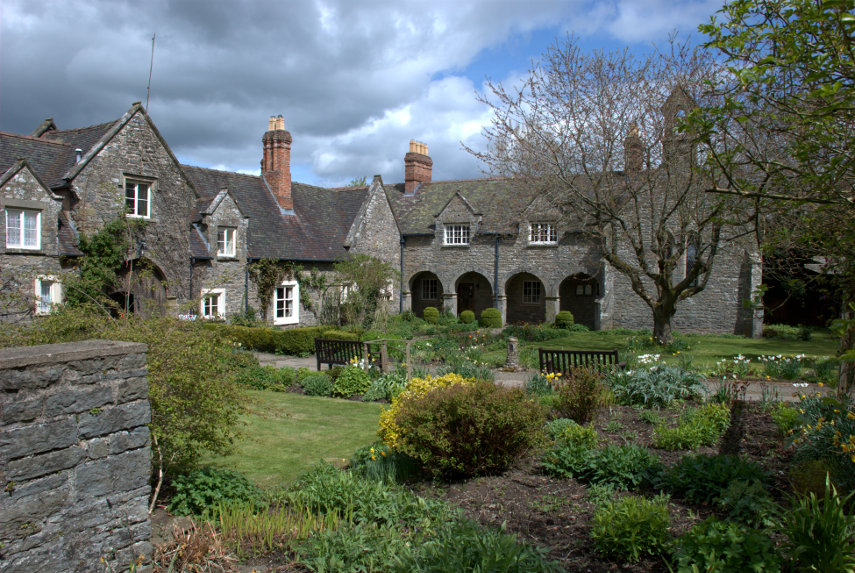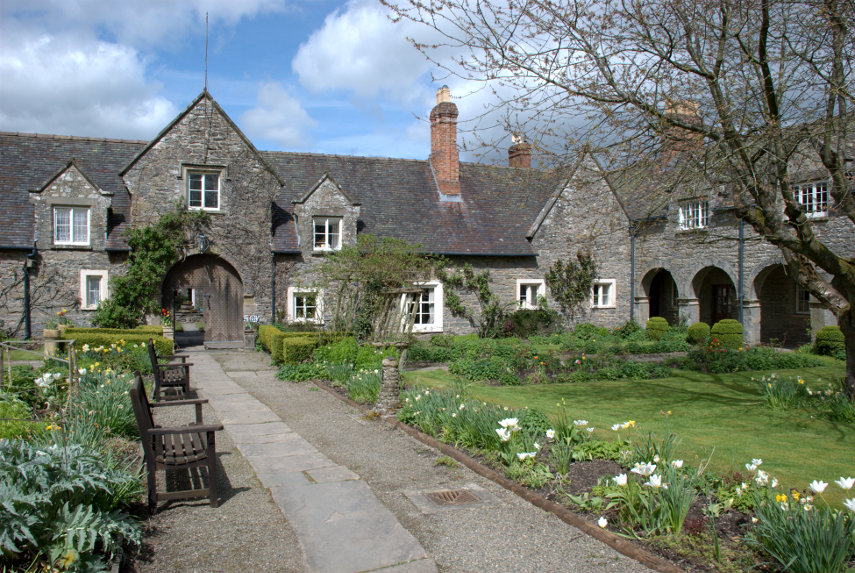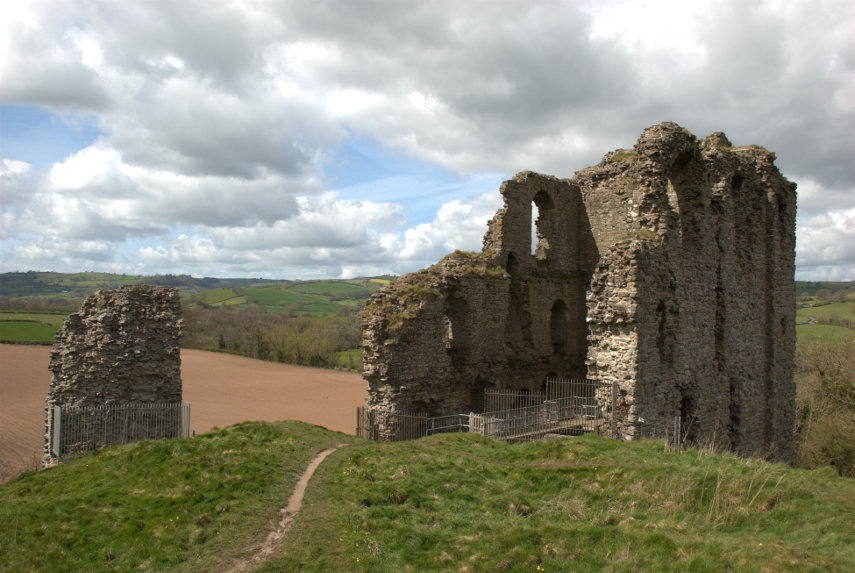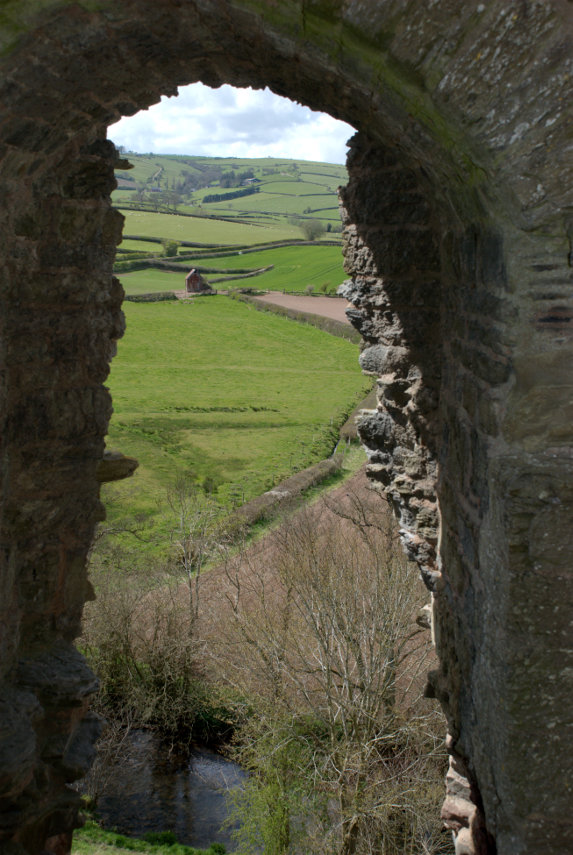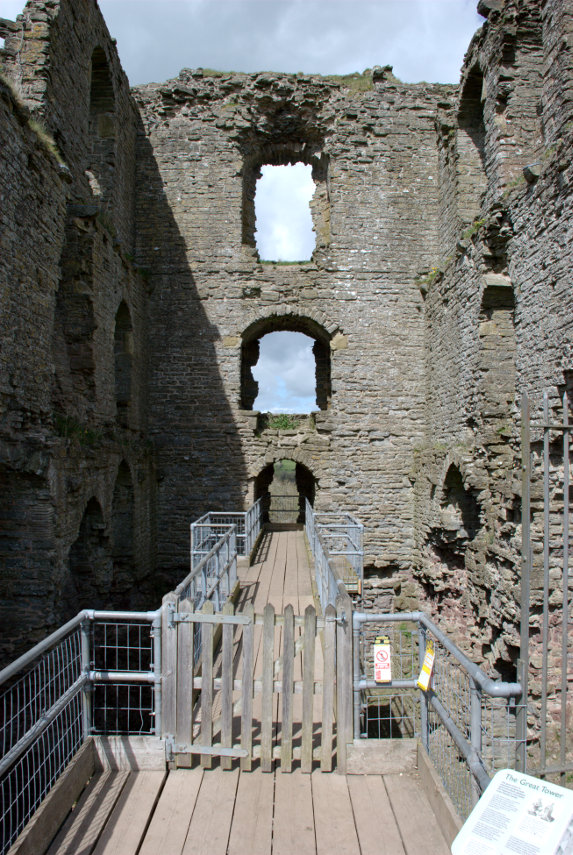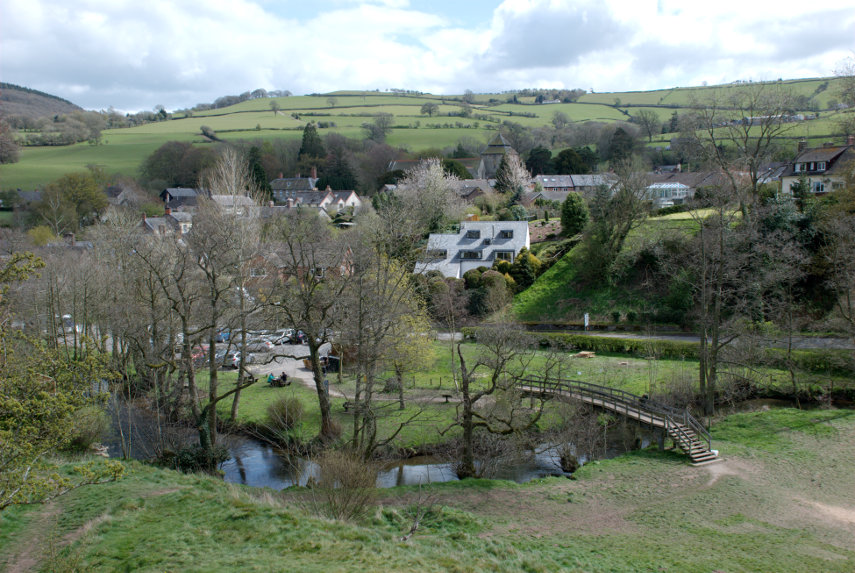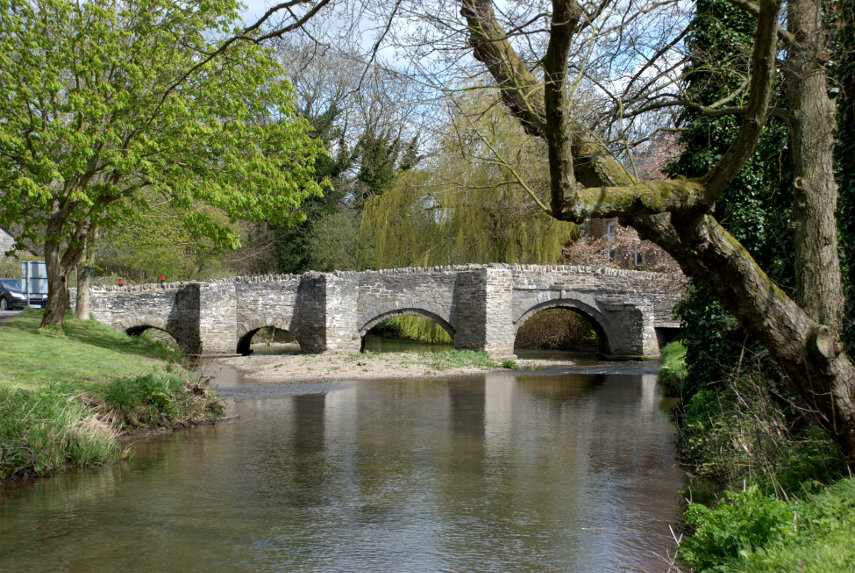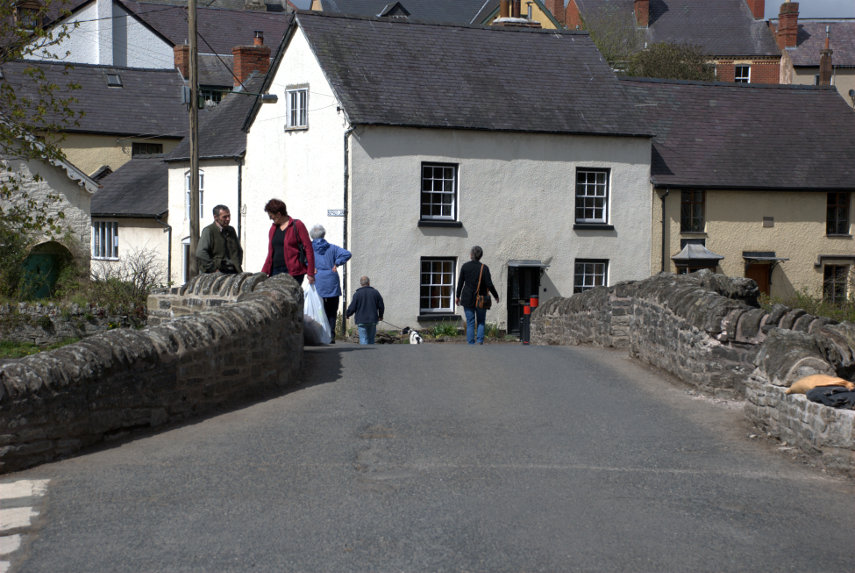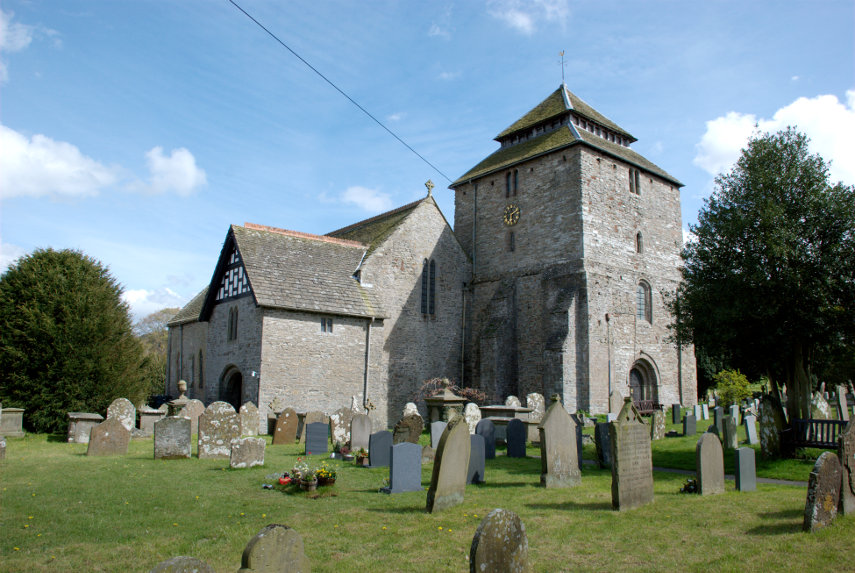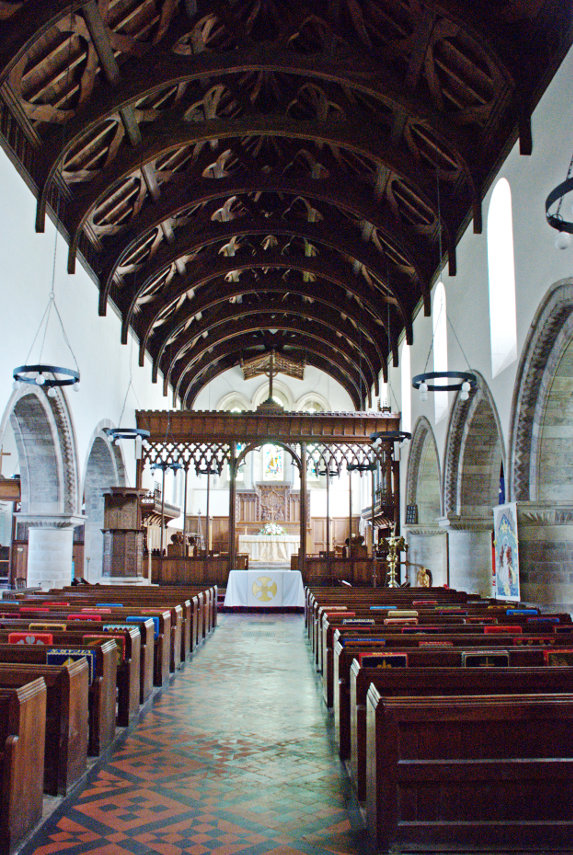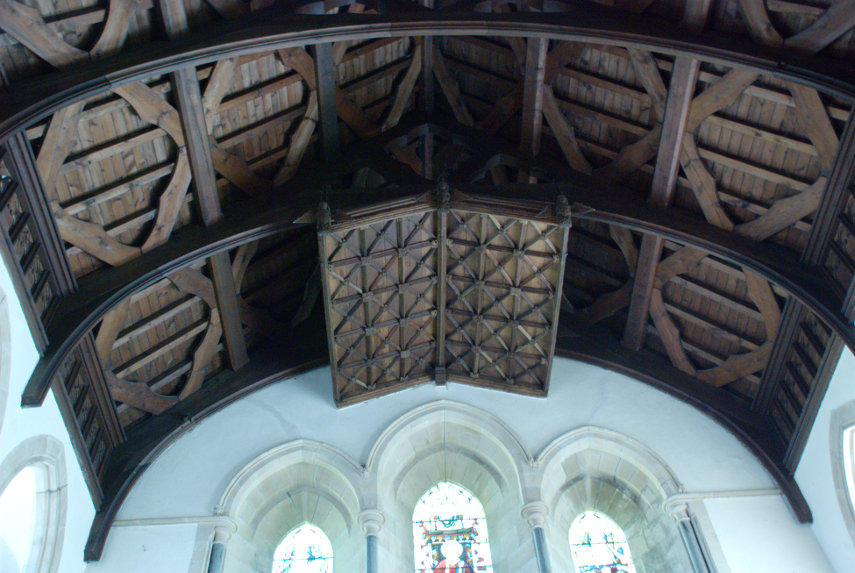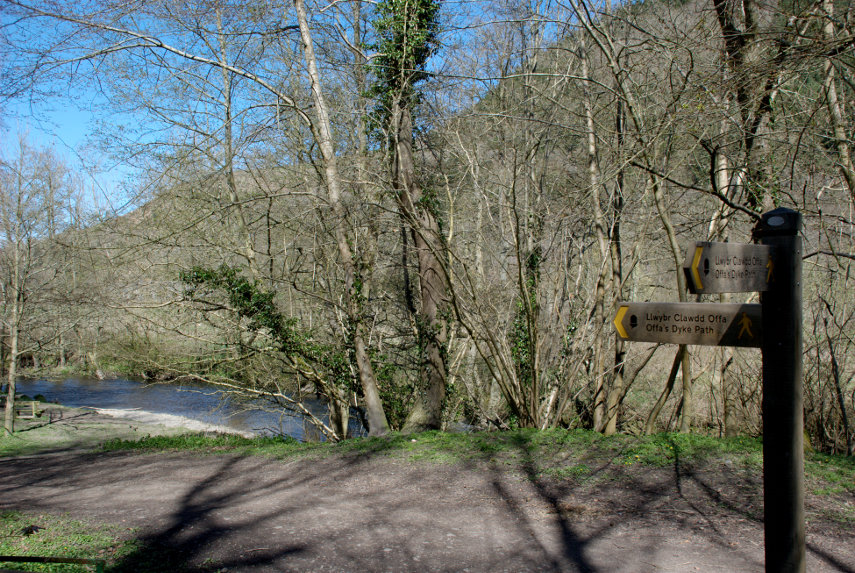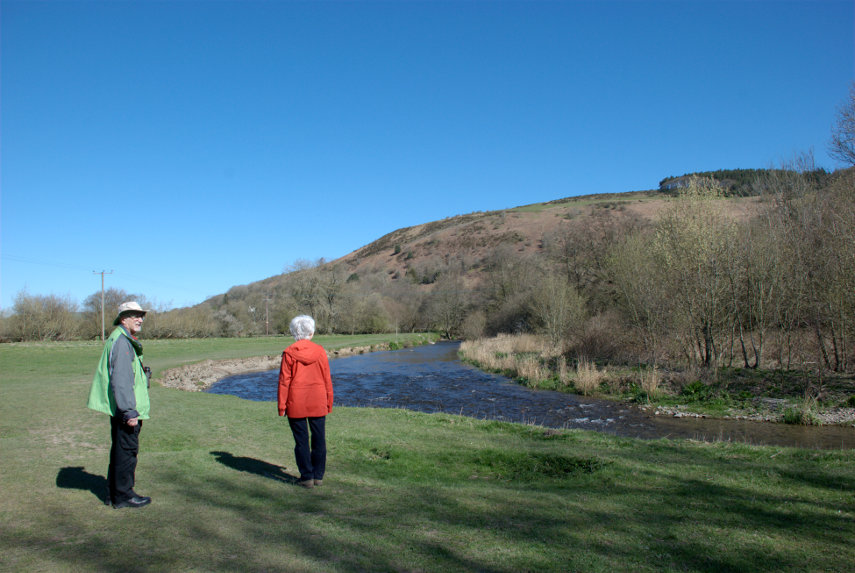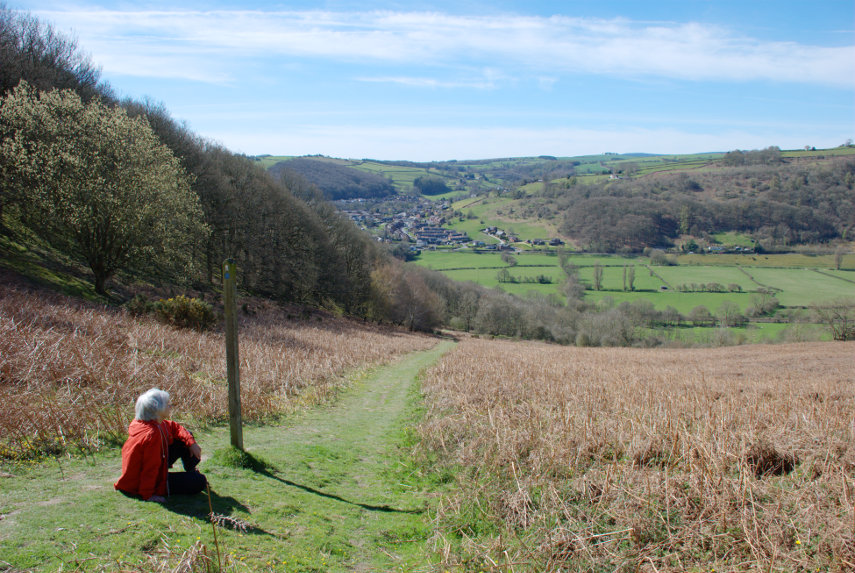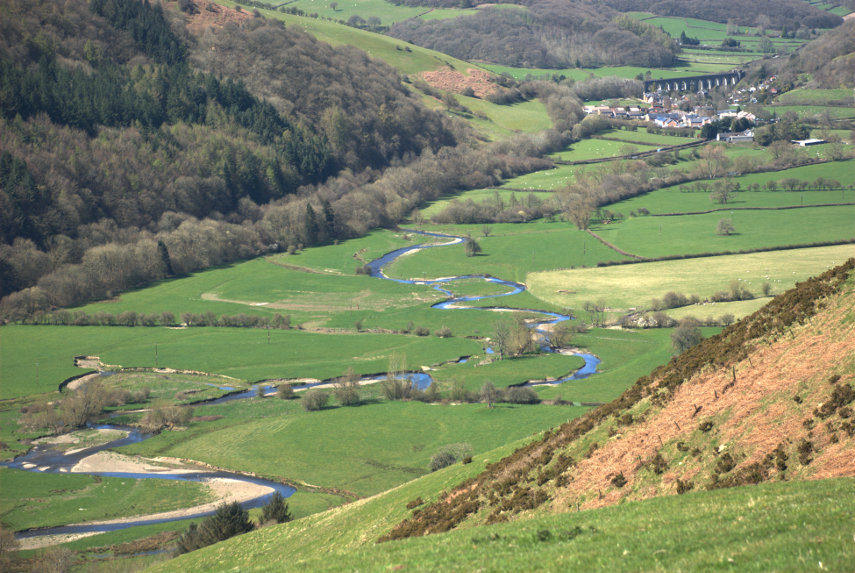No, it isn't a typographic error it's meant to be 'mticket'.
I discovered something rather useful recently. It is that we can buy railway tickets on our railway line via a mobile phone and after paying for them they are then downloaded and stored on the mobile 'phone. These tickets can then be shown on the phone's screen to anyone who may need to see them. We then don't need to visit the ticket office or get tickets from a machine. So I decided to try it.
It has been a long time since we have been on any sort of trip which was because either the weather was bad or because domestic commitments got in the way. For example we have just had the outside of our house painted which was quite a long job but we now seem to be clear of domestic tasks so we were just waiting for a sunny day.
The weather forecasts don't help. A few days ago the weather forecast for Saturday was sunny all day. Then it changed to some sun and some sunny spells. Then it changed again to mainly sunny spells plus the chance of some showers in the afternoon. Then on Friday the forecast for Saturday was mostly sun so we took the chance.
We don't like generally travelling on a weekend because that's when everybody else does but this time the weather dictated when we travelled so on Friday I bought two mtickets and on Saturday 22nd August we caught a train to Norwich for the day.
It cost us less to travel to Norwich than it does to London even though Norwich is a bit further. We boarded a train at our one horse local station, where we have never had to show our tickets, and got off two stops later at Colchester where we caught the London to Norwich train. We were doing quite well until we were just south of Diss where the train slowed down and stopped. Signals I thought but then an announcement was made to the effect that there was a fault on the locomotive. It said that the driver was in contact with the service department and they were hoping to fix the fault within 15 minutes.
About 12 minutes later the train began to move – phew – and we eventually arrived in Norwich about 12 minutes late. I was expecting to show our mtickets on the train at some stage but, no, nobody wanted to see them. I did, however have to show them at the station barrier.
We caught a No. 26 bus in the station forecourt which took us to the Roman Catholic Cathedral. I bet you didn't know that Norwich has two cathedrals did you? This cathedral is no where near as old as the Anglican Cathedral, having been built in the late 1800s, but it is still a very impressive cathedral. When we were in Norwich last, 9 years ago, I did take one photograph of the outside but didn't have time to do any more.

This is another outside view that I took this time from the Cathedral Garden.

We went into their visitor centre, called the Narthex, where we encountered our first dragon. From 21st June until 5th September there are 184 dragons scattered around Norwich which they call an 'Art Sculpture trail'.

We were very kindly given a cathedral tour by one of the Deacons who retired a short while ago but who still obviously loves 'his' cathedral. It was a very interesting tour and we learned a lot that we would not have otherwise known about.
This shows the view along the Nave towards the East End.

There are lots of individual stone sculptures at the base of the pillars, at the top of the pillars and above them showing a great variety of forms and shapes. This is one on the base of a pillar.

This next photograph was taken from the East End looking under the crossing and along the Nave and the one after shows the Crossing.


We finished up having a cup of tea/coffee and a sausage roll in the cathedral refectory and, I must say, their sausage rolls are particularly nice; cooked that day I was told. They do have other food here which I suspect is just as good so if you want a light lunch this is the place to go.
We left the cathedral and decided a quick visit to the Plantation Garden was in order. We photographed it thoroughly last time but the weather was decidedly better this trip and I took another couple of photographs.


If you look, in the second picture, just above the steps on the left you will see Amanda sitting behind the bench under the tree playing her part as an 'extra'.
We made our way back onto the streets of Norwich and headed for the river. In doing so we crossed Pottergate.

Norwich really does have some nice streets. We wound our way through numerous narrow back streets to the river bridge which took us north of the river; an area which we hadn't visited before. Our first point of interest was the 16th century Church of St. Michael Coslany at the junction of Oak Street and Colegate.

It was locked so we weren't able to go inside but it was yet another building with some fine flushwork.
We saw a number of churches which I won't picture or describe here but we finished at St. Georges back in Colegate where we found another dragon.

The view of the church from the eastern part of Colgate was rather nice together with that very attractive timber-framed building which was built by Henry Bacon who became sheriff of Norwich in 1548.


We continued along Colegate and turned right into Fye Bridge Street and along to the River Wensum. Over the bridge we found two more dragons.


We then turned left along Quay Side and thence onto the riverside walk. From there we went a short distance to the church of St. Martin at Palace Plain where I left Amanda to rest whilst I crossed back over the river and found yet another dragon.

I walked along the north bank of the river on the riverside path to try and get a photograph of Cow Tower across the river. When we were last in Norwich I took some photographs of Cow Tower from the same side of the river as the tower and now I have it surrounded.
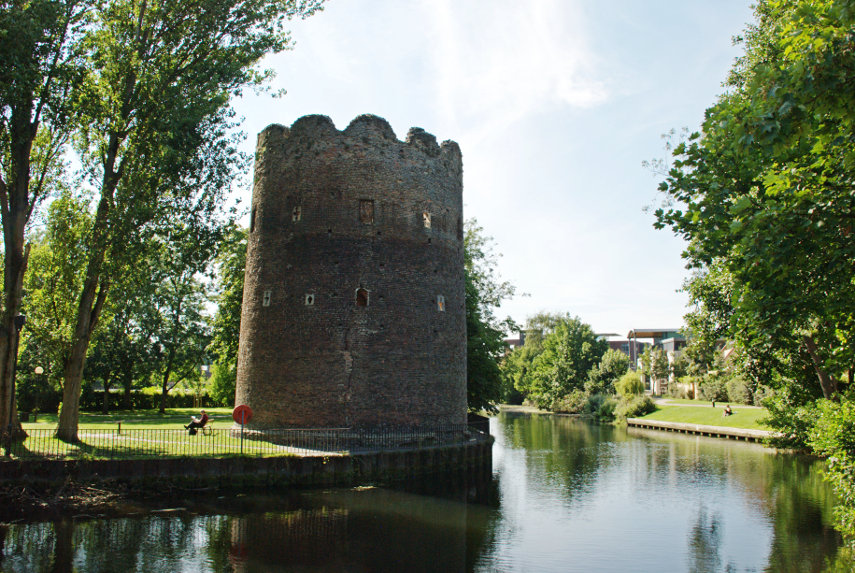
I walked back to the churchyard to find Amanda and there she was with a 'friend'. It was a Sparrow Hawk which had killed a pigeon and was eating it on the grass a short distance away. When I arrived it stopped eating and glared at me but didn't move away.
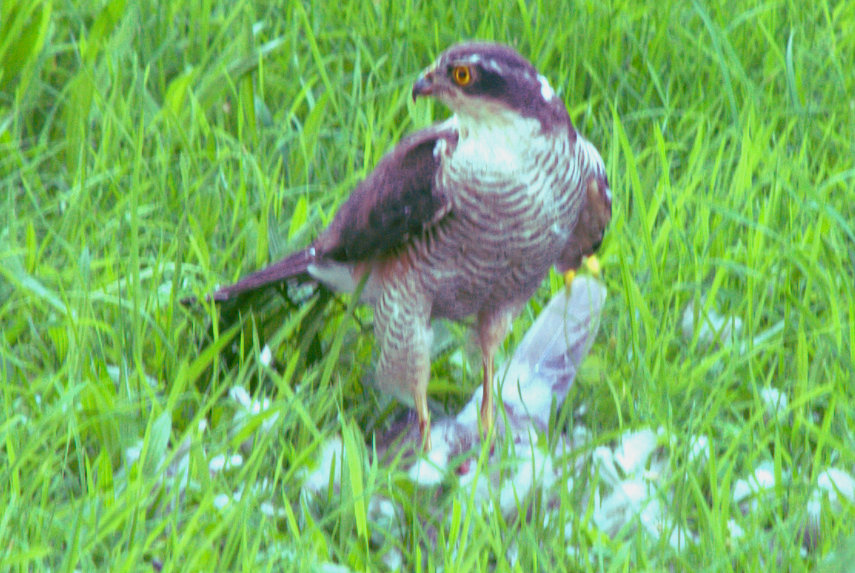
After watching it for a while we both moved slowly away and it remained, apparently, undisturbed. We headed back to Quay Side along to Wensum Street then right into Elm Hill. This is Elm Hill.

A well preserved medieval street. Looking in the opposite direction we can see the Britons Arms, the white building, where we are hoping to get afternoon tea.

Amanda had Darjeeling Tea, I had coffee and we both had Raspberry, Cream and Hazelnut Meringue Roulades which were the size of tea plates. On our last visit to Norwich we had lunch here and we both had their home-made pork pie. You just cannot get better anywhere.
After our late afternoon blowout we caught a bus nearby down to the railway station and caught the train home.
A good day.
P.S. Apparently the temperature around our tea time was in the low eighties – too hot. 
![]()
![]()


